
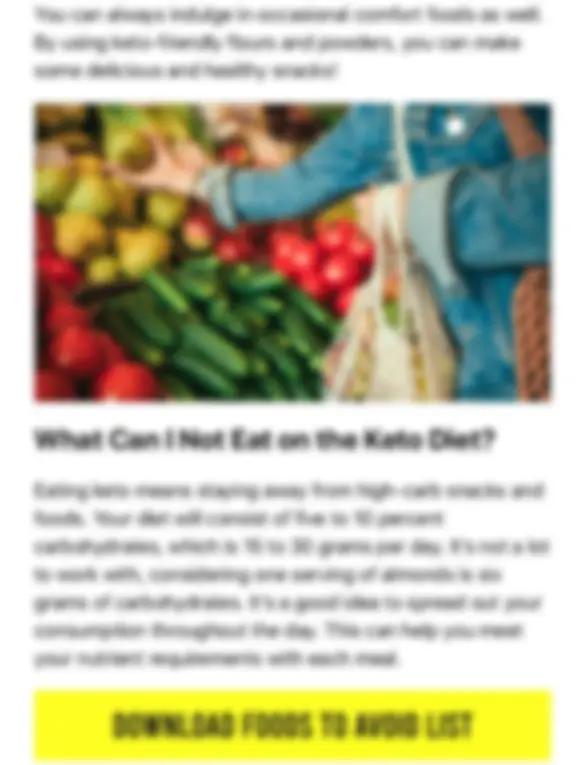
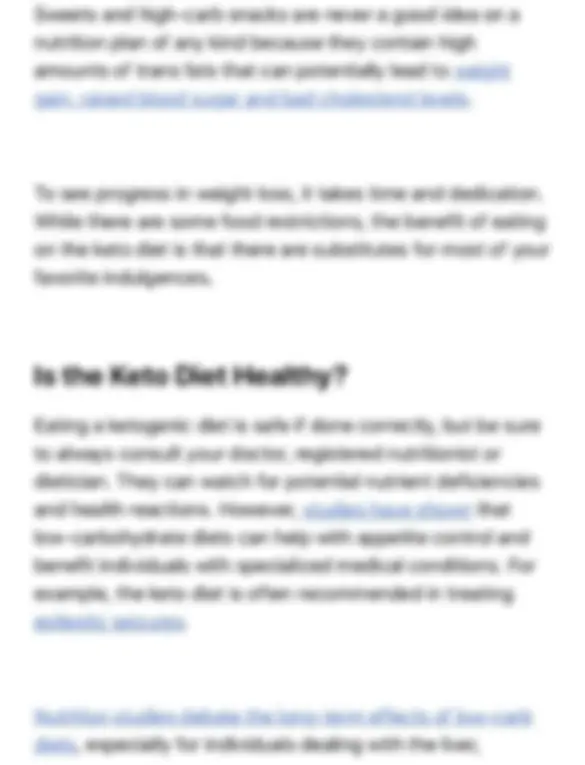
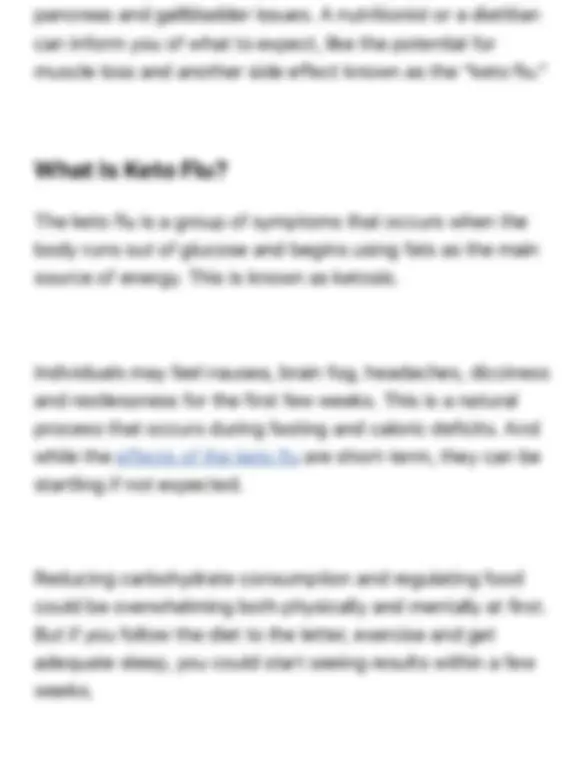
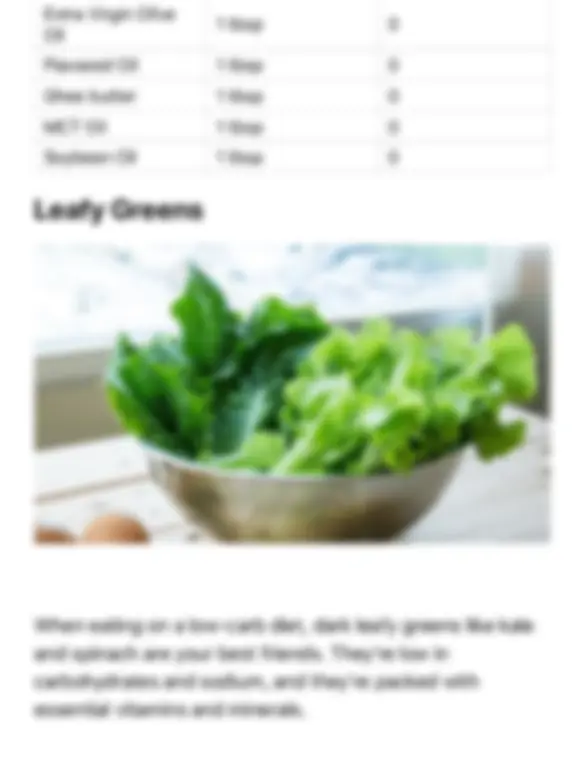
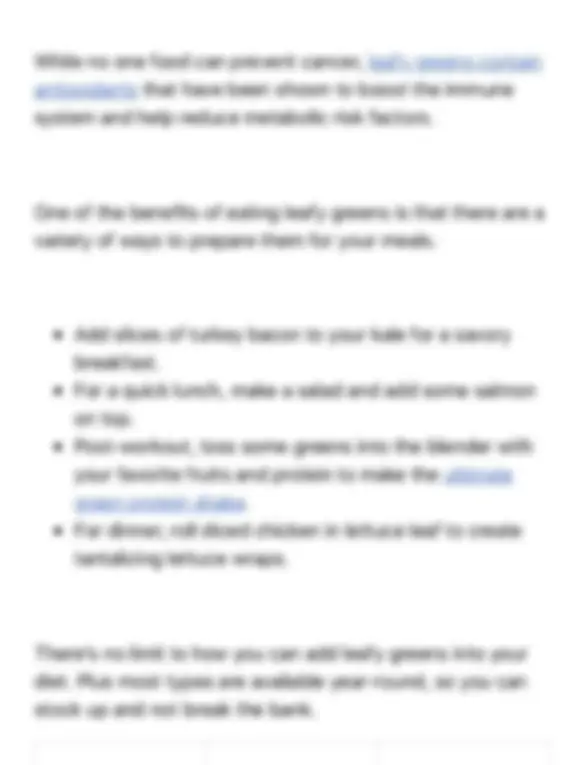
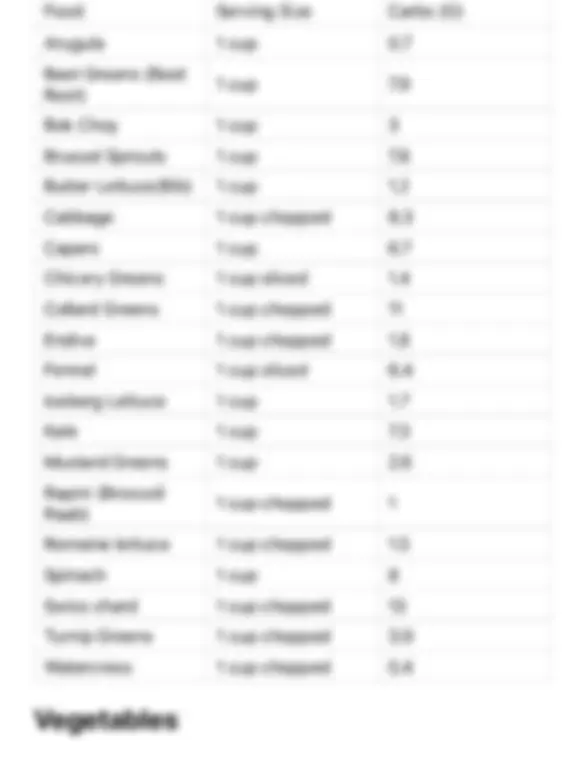
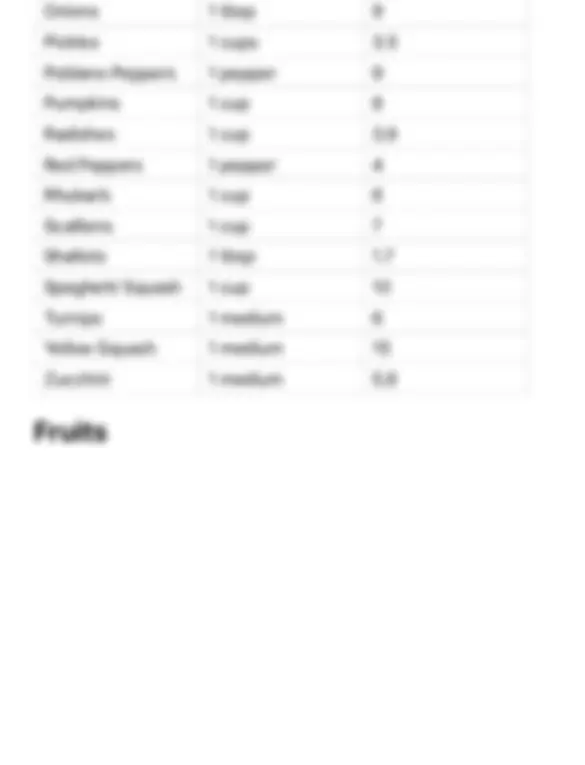
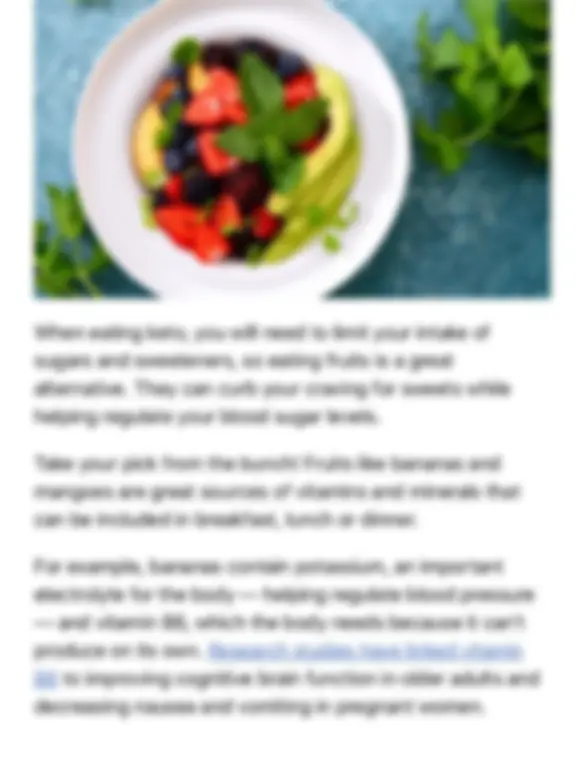
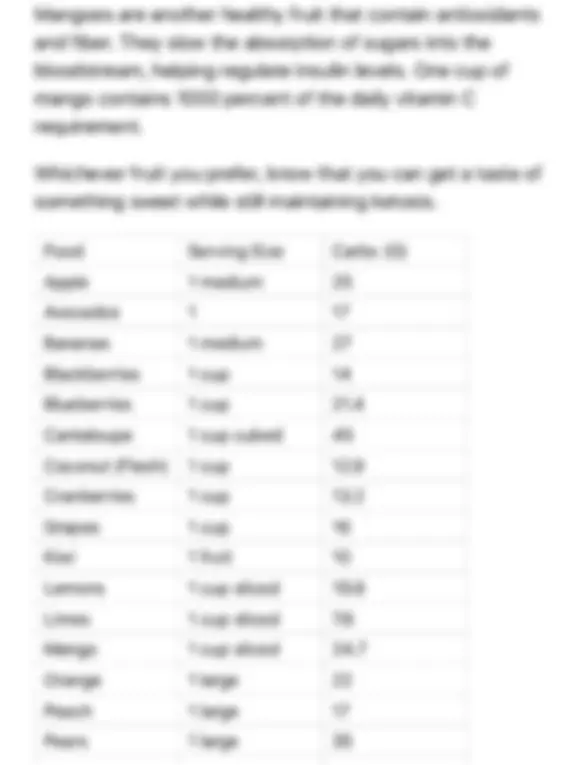
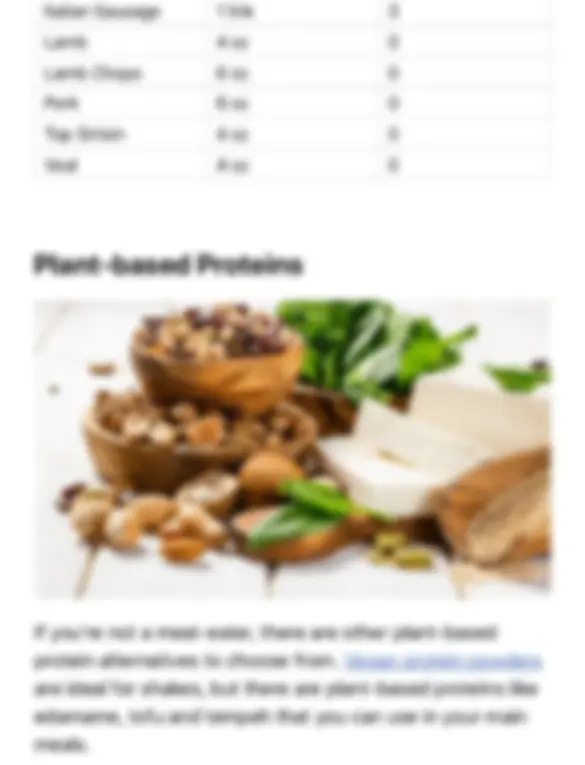

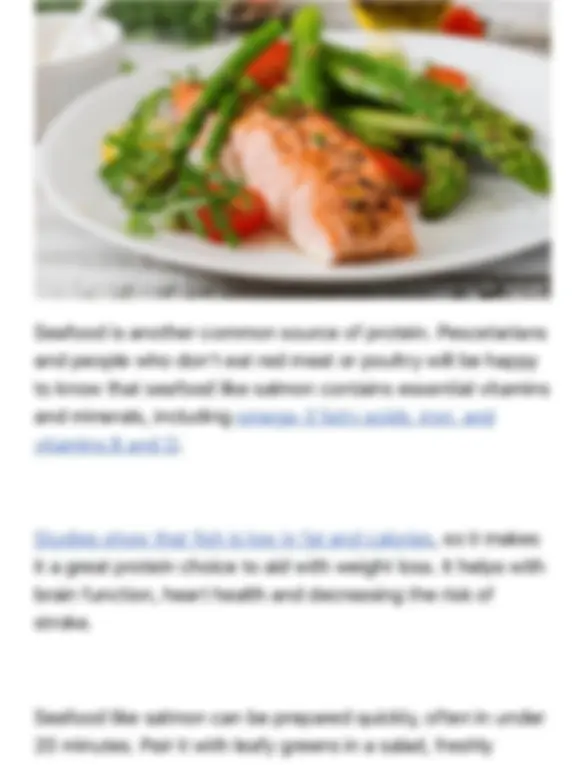
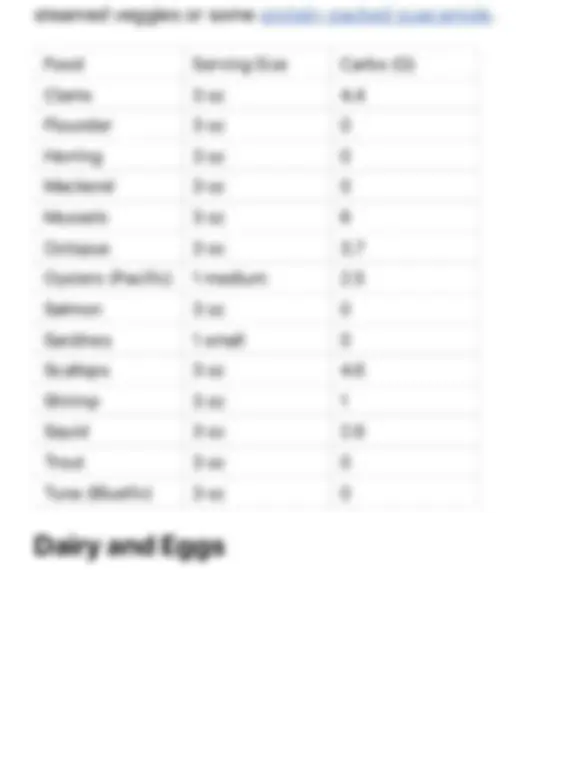
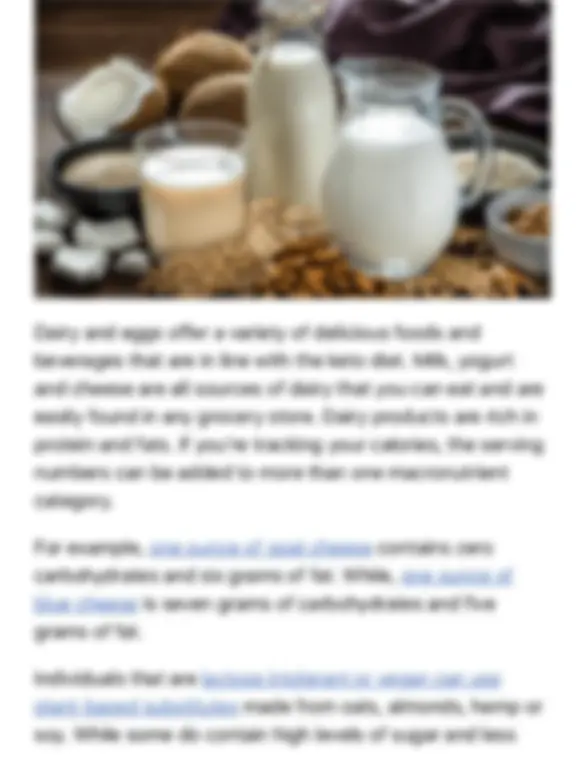
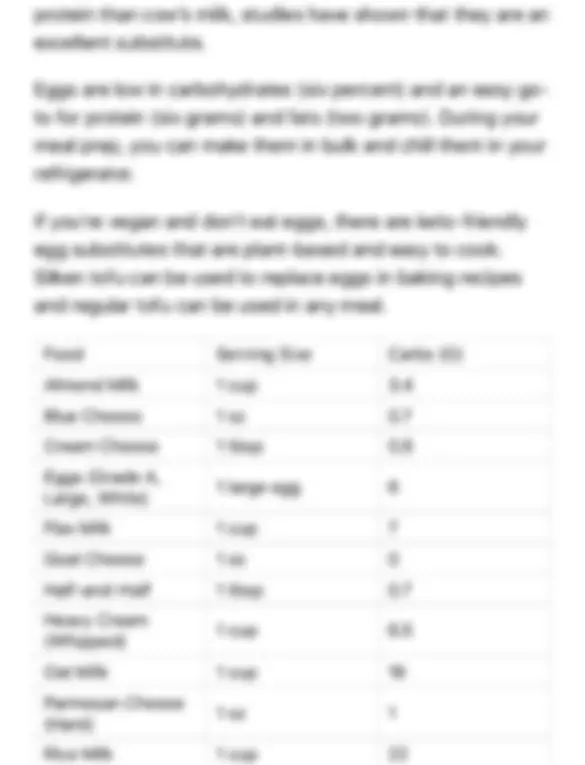
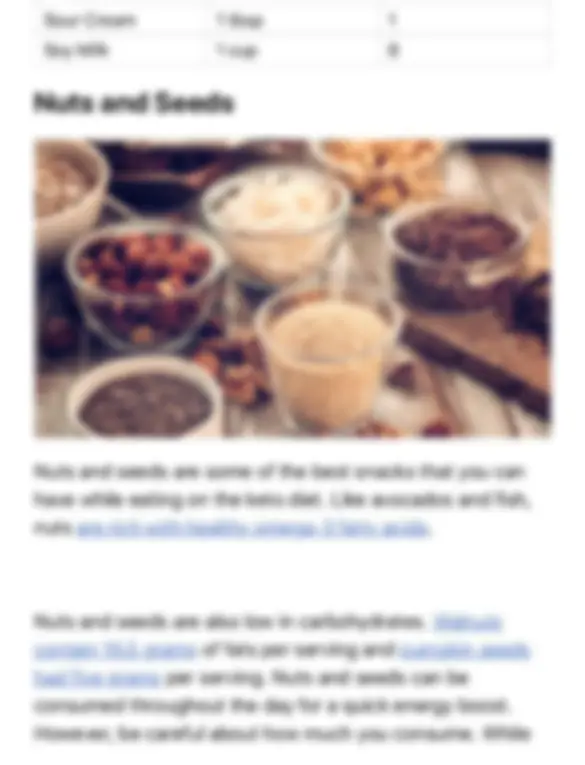
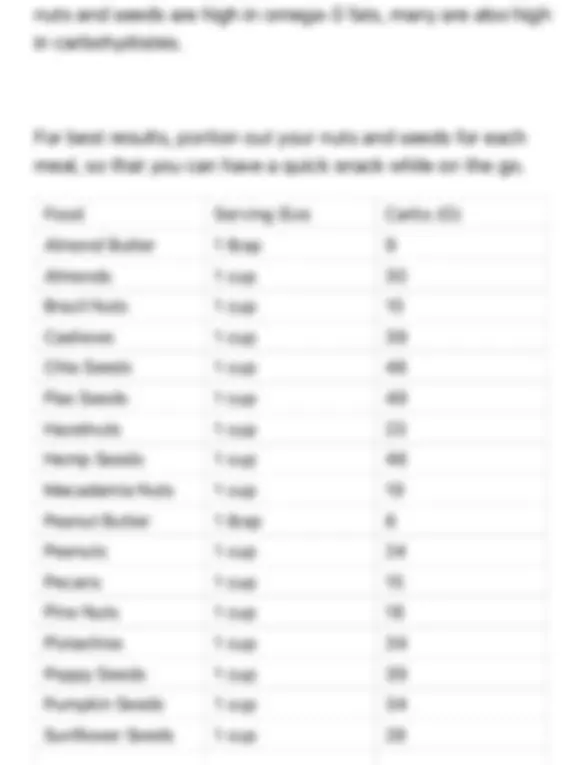
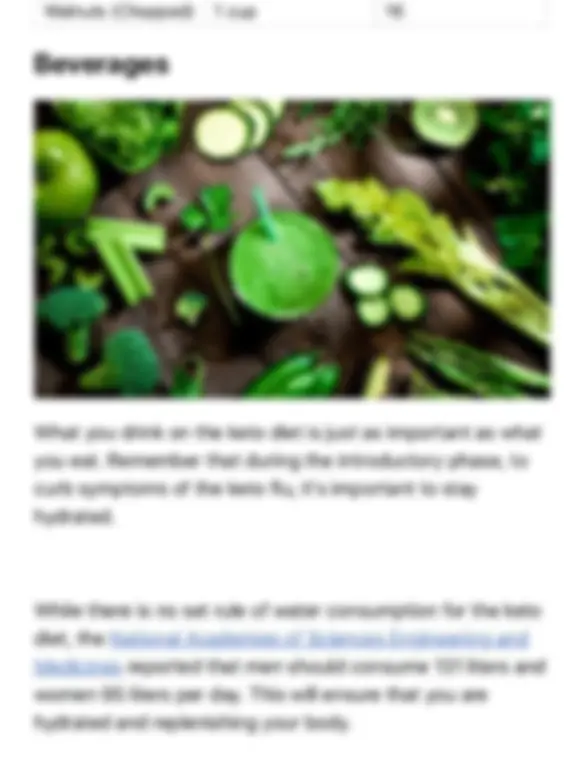
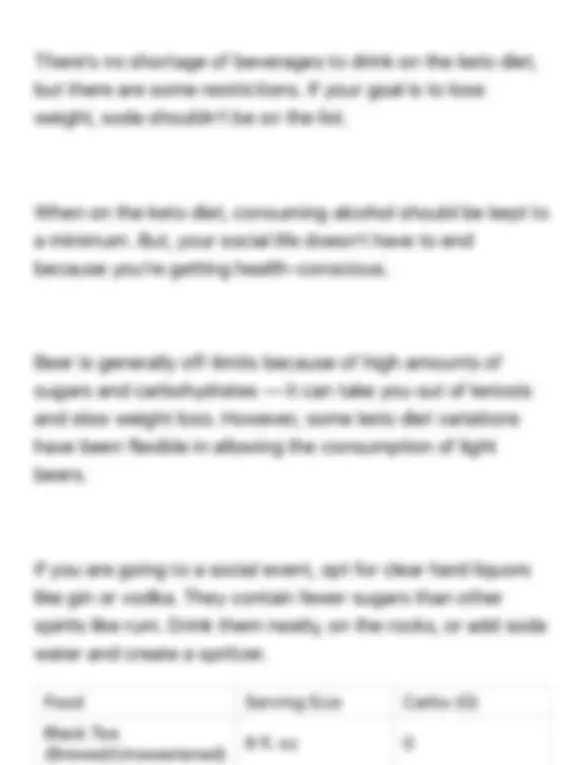
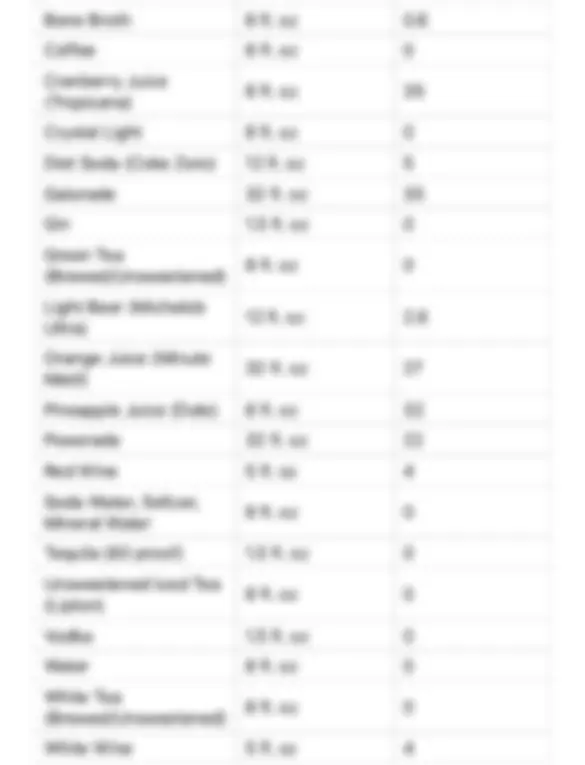

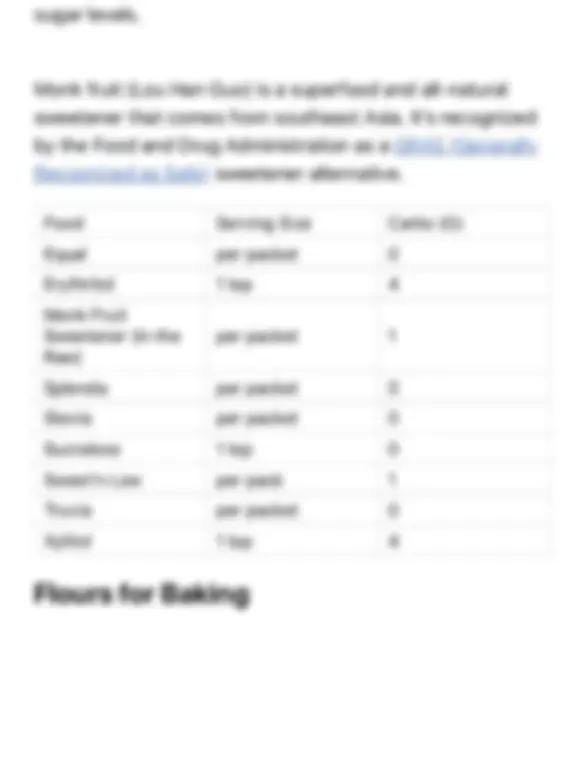
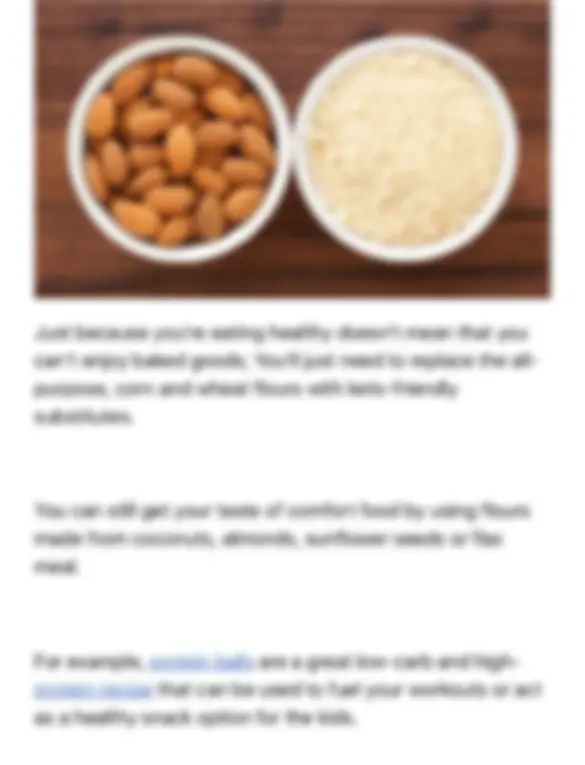
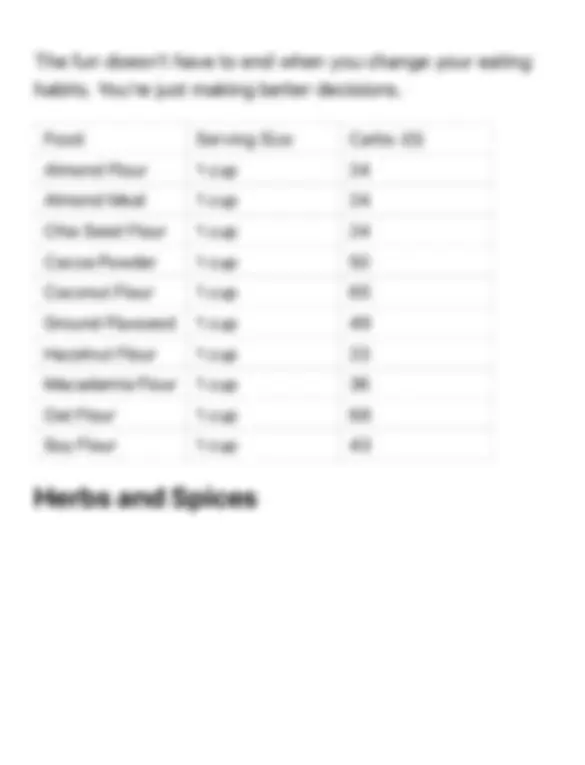
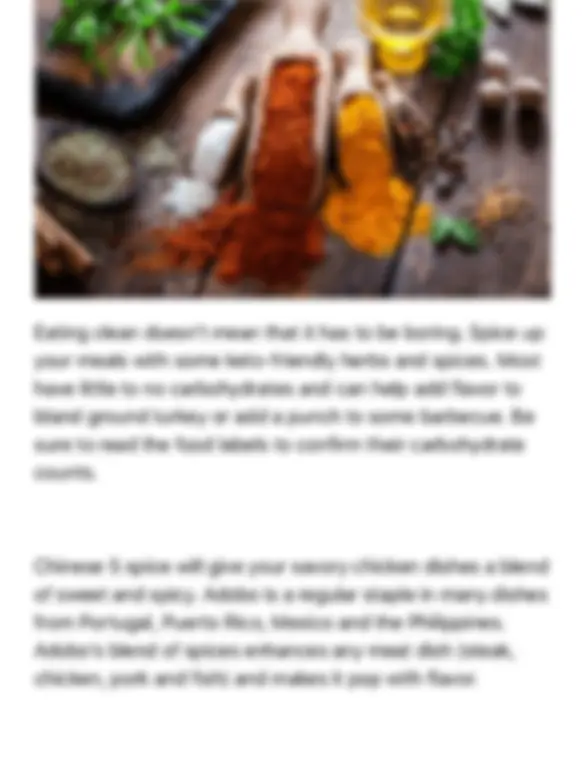
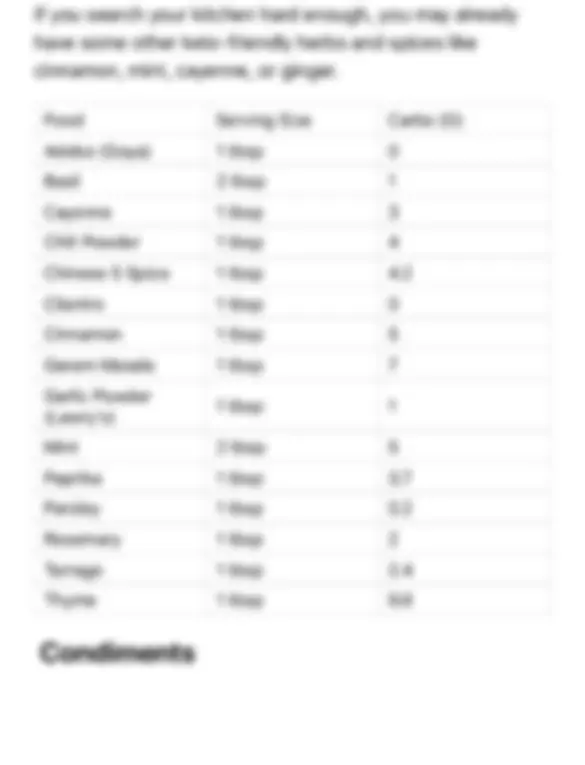
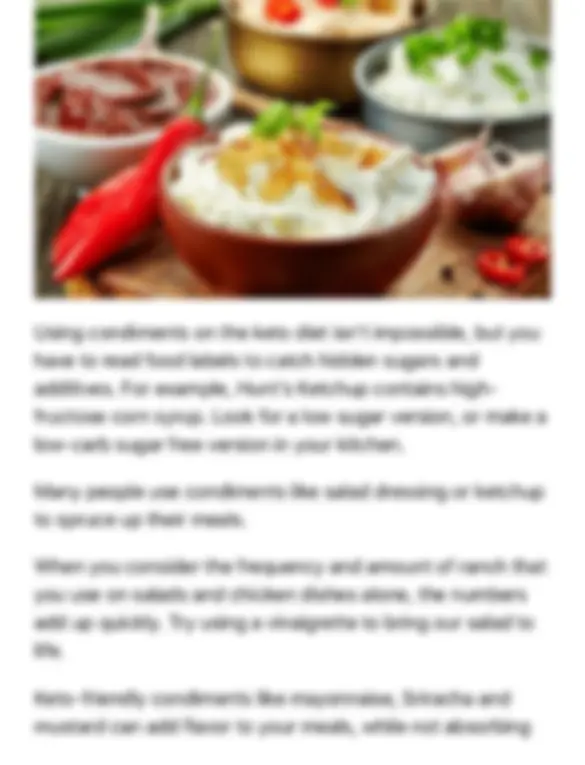
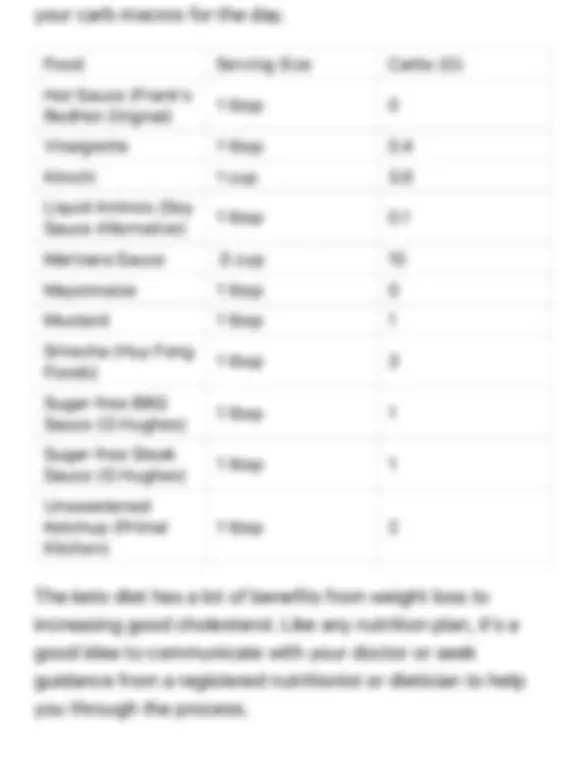



Study with the several resources on Docsity

Earn points by helping other students or get them with a premium plan


Prepare for your exams
Study with the several resources on Docsity

Earn points to download
Earn points by helping other students or get them with a premium plan
Community
Ask the community for help and clear up your study doubts
Discover the best universities in your country according to Docsity users
Free resources
Download our free guides on studying techniques, anxiety management strategies, and thesis advice from Docsity tutors
Explore the ketogenic diet, a high-fat, low-carb, and moderate-protein nutrition plan that helps individuals lose weight and improve their health. Discover the benefits, foods to eat, and tips for a successful transition into ketosis.
What you will learn
Typology: Study notes
1 / 37

This page cannot be seen from the preview
Don't miss anything!






























What Can I Eat on the Keto Diet?
Is the Keto Diet Healthy?
What Is Keto Flu?
Food Serving Size Carbs (G) Almond Oil 1 tbsp 0 Avocado Oil 1 tbsp 0 Butter 1 tbsp 0 Coconut Oil 1 tbsp 0
Extra Virgin Olive Oil 1 tbsp 0 Flaxseed Oil 1 tbsp 0 Ghee butter 1 tbsp 0 MCT Oil 1 tbsp 0 Soybean Oil 1 tbsp 0 Leafy Greens
Beet Greens (Beet Rapini (Broccoli
Pineapple 1 cup sliced 19. Plums 1 fruit 7. Raspberries 1 cup 14. Strawberries 1 cup sliced 12. Tomatoes 1 medium 4. Watermelon 1 cup 11 Meats and Poultry
Food Serving Size Carbs (G) Bacon (Cooked) 1 slice 0. Bison 4 oz 0 Bratwurst 1 link 2 Breakfast Sausage 1 link 0 Chicken Breast: Skinless, boneless 1 breast 0 Deli meats: chicken. turkey, ham, pastrami, etc. 1 oz 0. Duck Liver 1 liver (44g) 1. Ground Beef 4 oz 0 Ground Turkey, Chicken 4 oz 0 Hot Dog 1 link 2
Food Serving Size Carbs (G) Chickpeas 1 cup 45 Lentils 1 cup 40 Quinoa 1 cup 28 Seitan (Wheat Gluten) 1 cup 13. Spirulina 1 cup 27 Tempeh 1 cup 13 Tofu 1 cup 4 Seafood